Introduction

In the realm of culinary delights, lamb dishes hold a special place, evoking warmth, comfort, and a rich tapestry of flavors that are deeply satisfying. Among the myriad of lamb preparations, lamb meat fillings stand out for their versatility and ability to transform into a myriad of dishes, from dumplings to pies and burgers. However, achieving that perfect balance of flavor, tenderness, and moisture in lamb meat filling can be a daunting task for even the most seasoned chefs. This comprehensive guide aims to demystify the process and empower you with the knowledge and techniques to craft delicious and tender lamb meat filling that will elevate your dishes to new heights.
Understanding Lamb Meat: Quality Matters
Before diving into the specifics of seasoning and preparation, it’s crucial to start with high-quality lamb meat. The quality of your meat is the foundation upon which the entire filling is built. Look for meat that is fresh, has a bright red color, and a firm texture. Ideally, choose cuts like ground lamb from the shoulder or leg, as these areas tend to be more flavorful and have a good balance of fat, which is essential for moisture and flavor.
Avoid meat that has a grayish hue, a slimy texture, or an off-putting odor, as these are signs of poor quality or spoilage. Additionally, consider sourcing your lamb from reputable farmers or butchers who prioritize ethical farming practices and can provide information about the breed, feed, and age of the animal, as these factors can significantly impact the taste and texture of the meat.
The Importance of Fat Content
Fat is often misunderstood in the context of healthy eating, but in the world of meat fillings, it plays a vital role. Fat not only adds flavor but also acts as a natural moisturizer, ensuring that your filling remains juicy and tender during cooking. When selecting ground lamb, aim for a blend that has around 20-30% fat content. This ratio provides the optimal balance between flavor, moisture, and texture.
Preparing the Lamb Meat: A Fine Grind
Once you have your high-quality lamb meat, the next step is to prepare it for the filling. For most fillings, a fine grind is preferable as it ensures a smooth and uniform texture. You can achieve this by using a food processor or asking your butcher to grind the meat for you. A finer grind also allows the seasonings and spices to penetrate the meat more evenly, enhancing the overall flavor.
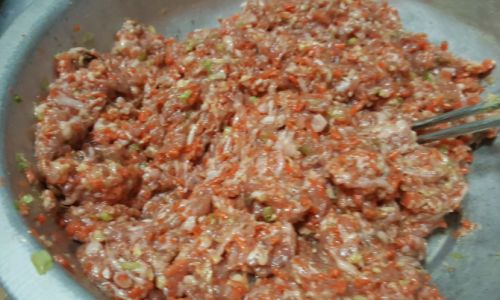
Seasoning the Lamb Meat Filling
Seasoning is where the magic happens in creating a delicious and tender lamb meat filling. The key is to balance the bold flavors of lamb with a harmonious blend of spices, herbs, and aromatics. Here are some essential ingredients and techniques to consider:
Salt and Pepper: The Basics
Salt and pepper are the cornerstone of any seasoning blend. Salt enhances the natural flavors of the meat, while pepper adds a subtle heat and depth. Season the lamb generously with both, ensuring an even distribution.
Garlic and Onion: The Aromatics
Garlic and onion are indispensable in lamb dishes. They provide a savory, slightly sweet backbone that complements the rich, earthy flavors of lamb. Finely chop or grate fresh garlic and onion, and incorporate them into the meat mixture. The more finely chopped they are, the more evenly their flavor will distribute.
Fresh Herbs: Adding Complexity
Fresh herbs can elevate your lamb filling from good to great. Consider using a combination of parsley, mint, and cilantro. These herbs add a refreshing brightness and a hint of freshness that balances the richness of the lamb. Chop them finely and mix them into the meat just before forming the filling to preserve their vibrant color and flavor.
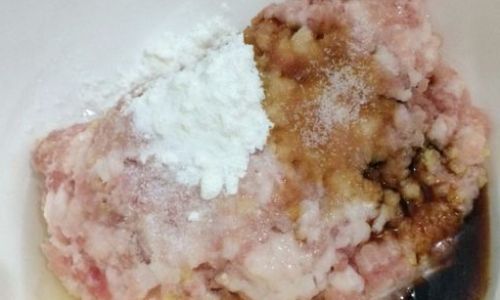
Spices: Creating Depth
Lamb is particularly well-suited to a variety of spices. Cumin, coriander, paprika, and cinnamon are all excellent choices that add warmth, depth, and complexity to the filling. Toast these spices lightly in a dry pan before adding them to the meat; this step brings out their essential oils and amplifies their flavors.
Acidity: Balancing the Fat
A touch of acidity, such as lemon juice, vinegar, or yogurt, can help balance the richness of the lamb and keep the filling light and refreshing. Yogurt, in particular, is a traditional ingredient in many lamb dishes and adds moisture, tanginess, and a creamy texture.
Liquid Ingredients: Binding and Moisturizing
To ensure your filling is moist and cohesive, incorporate some liquid ingredients. Stock, broth, or even a beaten egg can be used to bind the mixture together and keep it juicy during cooking. Be cautious with the amount, as too much liquid can make the filling too loose.
Combining Ingredients: Technique Matters
When combining all the ingredients, it’s essential to handle the meat gently to avoid compacting it and losing moisture. Use a light touch and mix until just combined. Overworking the meat can lead to a denser, less tender filling. For best results, use your hands to gently fold the ingredients together, as this method allows you to feel the texture and ensure an even distribution of seasonings.
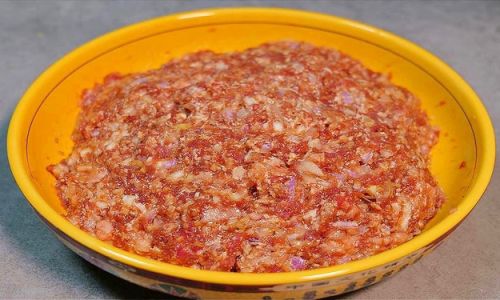
Chilling the Filling: A Secret to Tenderness
Once your filling is prepared, cover it and refrigerate it for at least 30 minutes. Chilling allows the flavors to meld together and the fats to solidify slightly, which can help with portioning and shaping the filling later. More importantly, it also helps to firm up the proteins in the meat, making the final cooked product more tender.
Cooking Techniques: Preserving Tenderness
The cooking method you choose will significantly impact the final texture and flavor of your lamb meat filling. Here are a few techniques to consider:
Steaming: Gentle and Moist
Steaming is a gentle cooking method that preserves moisture and flavor. It’s ideal for dumplings and other delicate filled pastries. Ensure your steamer is properly sealed to trap steam and cook the filling until it reaches an internal temperature of 160°F (70°C).
Baking: Even and Consistent
Baking is a versatile method that allows for even cooking and a nice golden crust on dishes like pies and patties. Preheat your oven to 375°F (190°C) and bake until the filling is cooked through and the exterior is golden brown.
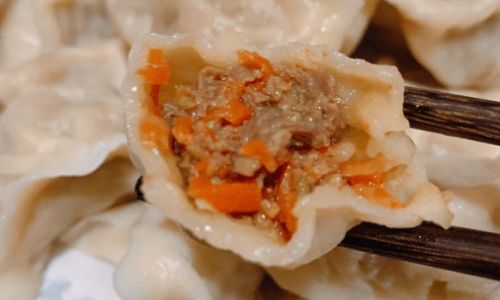
Pan-Frying: Crispy and Flavorful
Pan-frying adds a delicious crust to your filling and is perfect for burgers and meatballs. Use a combination of butter and oil to ensure even browning and cook over medium-high heat until the exterior is crispy and the internal temperature reaches 160°F (70°C).
Conclusion
Crafting delicious and tender lamb meat filling is an art that combines high-quality ingredients, precise seasoning, and thoughtful cooking techniques. By starting with fresh, high-quality lamb, incorporating a harmonious blend of spices, herbs, and aromatics, and using gentle handling and appropriate cooking methods, you can create fillings that are not only flavorful but also moist and tender. Whether you’re making dumplings, pies, or burgers, these principles will guide you in creating lamb dishes that are sure to impress even the most discerning palate.
Remember, the key to success is experimentation and patience. Taste your filling at various stages of preparation to adjust the seasoning as needed. With practice, you’ll develop a sense for the perfect balance of flavors and textures that will make your lamb meat filling a cherished part of your culinary repertoire. Happy cooking!



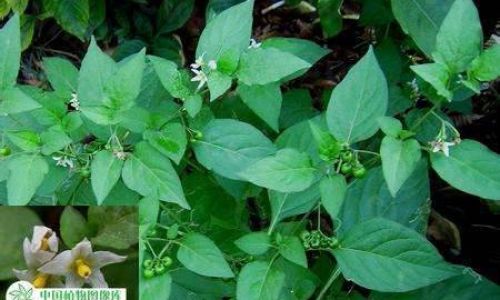
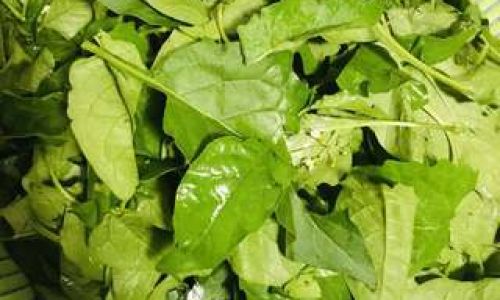
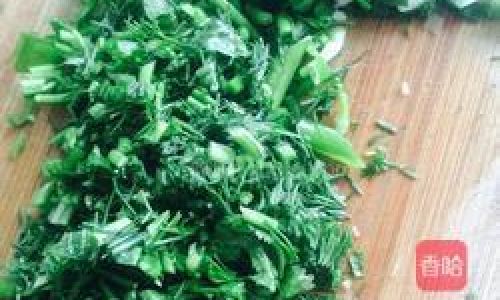
0 comments